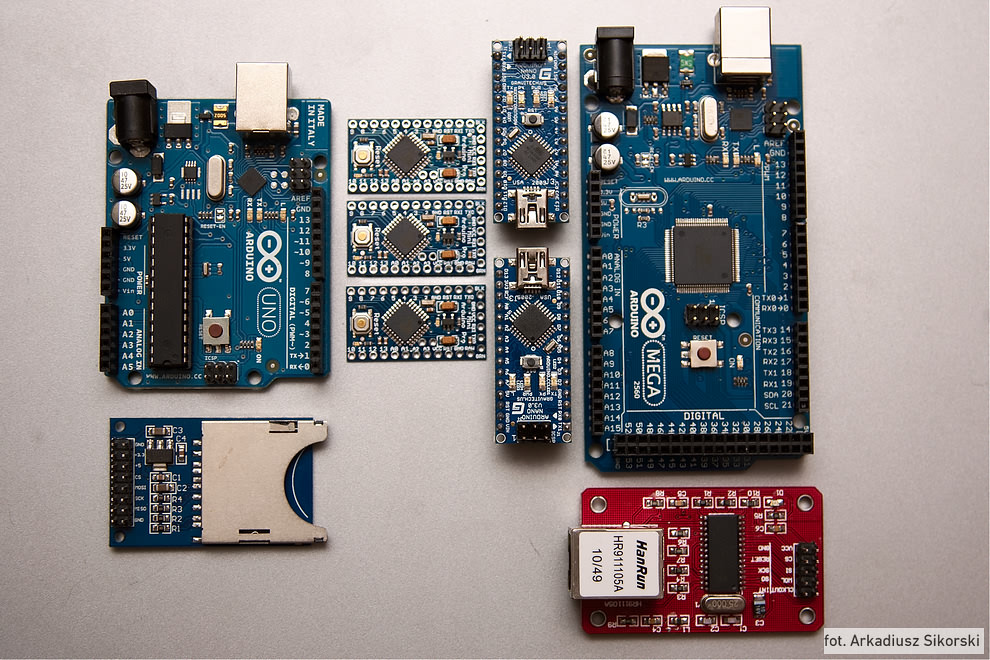Exploring the VCC on an Arduino
The VCC (voltage) pin on an Arduino is what powers the microcontroller. It is connected to the volatile external power supply and used to provide power to the microcontroller and other components on the Arduino. The level of voltage needed to power the Arduino varies depending on the model, and as such, it is important to select the appropriate power source.
Primary Functions
The primary role of the VCC pin is to provide power to the microcontroller and other components on the Arduino. The voltage requirement varies across Arduino models, but an external power source must be used to power the board.
Types of Voltage Sources
The external sources of power that can be used to provide voltage to power the Arduino include:
- USB Cable – The Arduino can be powered by attaching a USB cable to it and connecting it to a computer or power adapter.
- Battery – An external battery can be used to provide power to the Arduino.
- Solar panel – An external solar panel can be used to provide power to the Arduino in certain scenarios.
Conclusion
The VCC pin on an Arduino is the voltage pin. It is connected to the external power source and used to provide power to the microcontroller and other components on the board. The power source can vary depending on the Arduino model being used, but typically can include USB, battery, or solar panel.




